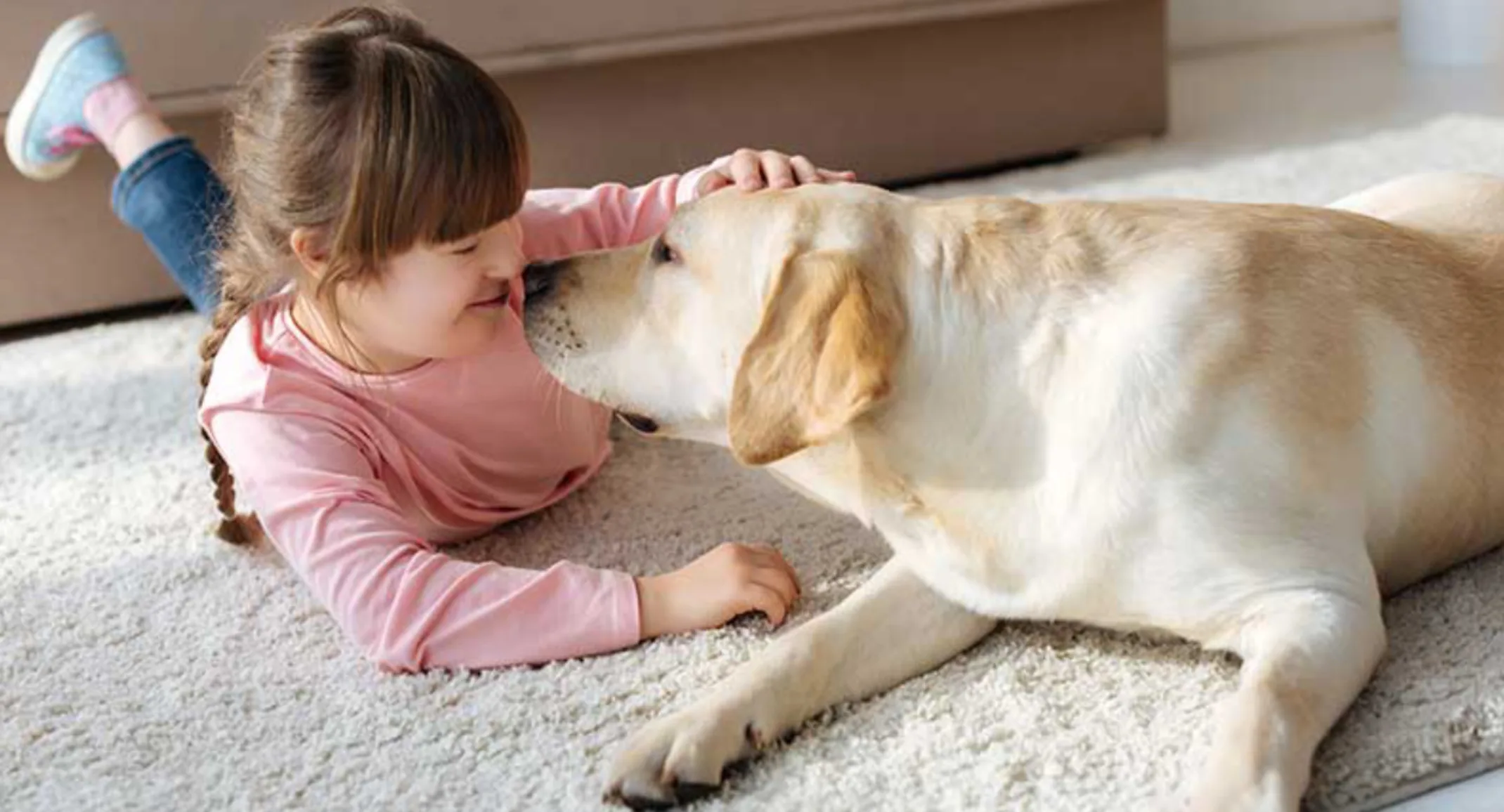How to Ease Your Dog's Separation Anxiety
Dogs

What is the cause of this obsessive behavior?
Dogs are pack animals and need a social structure. They rely on other dogs (or humans) for interaction. They need to be socialized and need to understand what is expected of them. Many of them have been mistreated in the past and have been locked up alone for long periods of time. Some of them have been abandoned and have ended up in animal shelters.
Dogs need socialization.
Since our pets are usually not socialized in a pack, it is our responsibility to see that the job gets done. Obedience training is the best method for socializing a dog. Both the dog and the owner learn what is expected of each other. If obedience training is begun at an early age, the dog will learn how to interact with both humans and other dogs. They will not have this insecurity that "separation anxiety" dogs seem to display.
How do you treat this condition?
First of all, establish yourself as the leader.
In order to learn this, both of you will probably need to enroll in a dog obedience class. This will also help your dog in the socialization game. He may misbehave during the first few classes, but before you know it, he'll be the star pupil.
How does this affect the dog's destructive behavior when you leave him alone? Since you are the leader of the pack, the dog accepts the idea that you are leaving. He does not question your authority.
In the beginning, confine your dog to a crate when you are away.
This has two advantages. The first is that your dog does not have the opportunity to destroy your house. The second is that your dog actually feels comfortable and secure in the crate. The crate must be large enough for your dog to turn around and stand up.
When you leave, turn on a radio.
A talk show is the best type of program. A tape recording of your voice is even better. The radio or the tape recorder should be placed in the bedroom with the door closed (any room as long as the dog cannot enter). Since most destructive behavior occurs during the first hour, you only need a voice recording that lasts slightly more than an hour.
Plan your departures.
Before leaving your residence, give your dog a treat. A chewy bone packed with his favorite treat works very well. This should distract your dog long enough for you to leave. Leave quickly and quietly. Do not say goodbye. When you return, give him another treat. By doing this, coming and going are not so traumatic.
Practice your departures.
As mentioned earlier, the most difficult time for your dog is the first hour that he is left alone. Practice leaving and entering. Take your dog out of his crate, put your coat on, and then walk out the door. Return immediately. Greet your dog calmly or don't greet him at all. If he is excited, completely ignore him. Repeat the same exercise; however, this time stay out longer. Continue with this exercise until you are comfortable leaving him alone for an entire hour. This may take several weeks to perfect.
Your dog must have regular, planned exercise.
This exercise relieves stress and tension. Just like feeding time, your dog needs a specific time for exercise. Dogs like routine. Feed and exercise your dog at the same times every day. They are creatures of habit.
Curing "separation anxiety" is very difficult.
It is definitely one of the most challenging behavior problems in dogs. Enrolling in a good obedience-training course is the first step to take.
